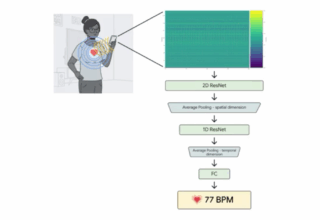
Chris Bugbee is an expert on the media and entertainment industry. He has watched with interest at how this industry has developed and how society is changing as a result of it. Indeed, even in school, teachers now have to provide training on how to incorporate media and entertainment into daily lives. Over the past 10 years or so, it seems as if everything has changed.
Chris Bugbee on New Generation Technology
The biggest change that has hit the world as of late is that of SMAC (Social media, Mobility, Analytics, and Cloud computing). This has provided the catalyst of change and it is said that every school now has to incorporate it into their curriculum. However, this starts by understanding the media industry itself.
This industry is made up of various different segments that combine into one. Those segments include gaming, advertising, internet, radio, publishing, music, television, and movies/cinema. However, the drivers and trends within each of those segments can vary depending on their segment, their consumers, and even geographical locations. What works in Connecticut, for instance, may not work in a different state. What makes the media and entertainment industry so unique, however, is that there is competition in between all the sub-segments that make up the whole, but that these also combine with each other and compliment each other. All over the world, there is a demand for more information and that is what the industry provides, across all segments.
Of course, various external factors also come into place, including technological developments. This is the principal emphasis in a school, where children learn about things such as mobile technology, wireless devices, internet access speed, digitization, consumer analytics, cloud store, and social media. Every generation, the industry adapts to meet demand. Content digitization, for instance, which started in the 1990s, completely changed how music was created and delivered. Then, 10 years later, the internet changed every department within the industry as a whole. Nowadays, it is all about social media, which is reshaping everything from how we read the news to how we find new recruits.
Traditionally, the industry was one for creative people. Technological innovations would start and the industry would follow in order to meet with consumer demands. Always, the focus was strongly on consumer segments, languages, cultures, and individual markets. However, today’s content bridges those gaps, include language, and can work internationally. The Board of Trustees in virtually every organization now has to understand how their media and entertainment impacts the world as a whole, not just the community around them.
Then, there is the fact that this industry is one that appeals to people’s aspirations, emotions, and psychology. Someone in Manchester wants to see and hear very different things than someone in New York, for instance. Acceptance and quality are now subjective concepts that are of an individual nature. No longer do the creators of content get to decide what supply is out there. Rather, it is now consumer driven by demand in its entirety.


















